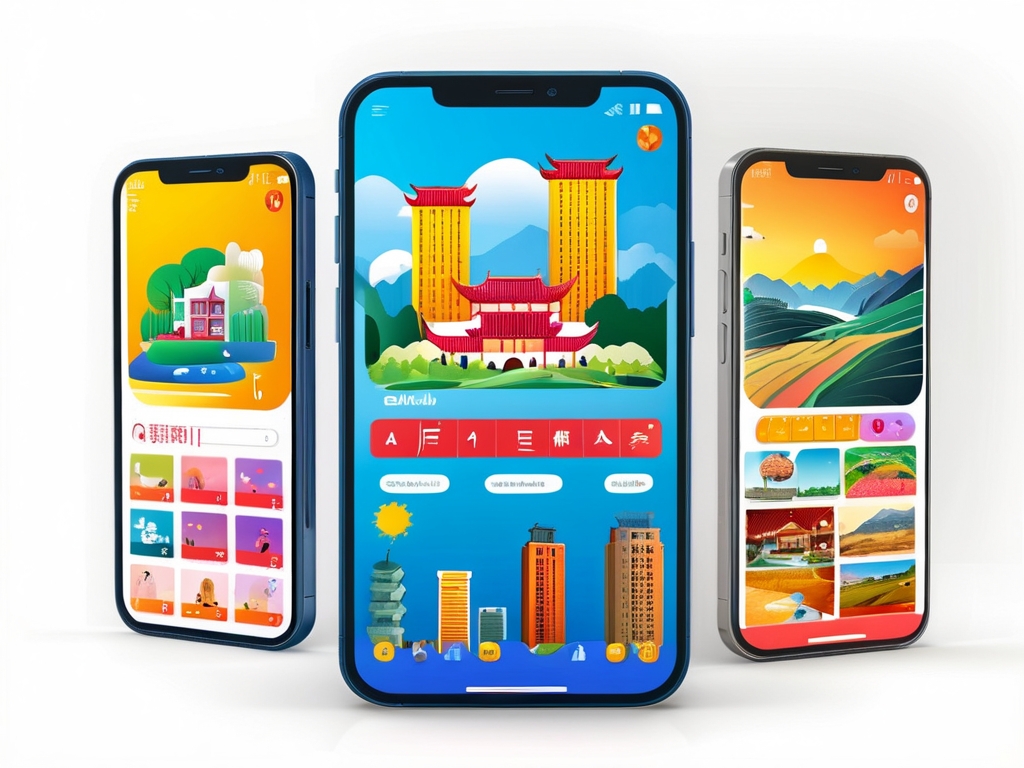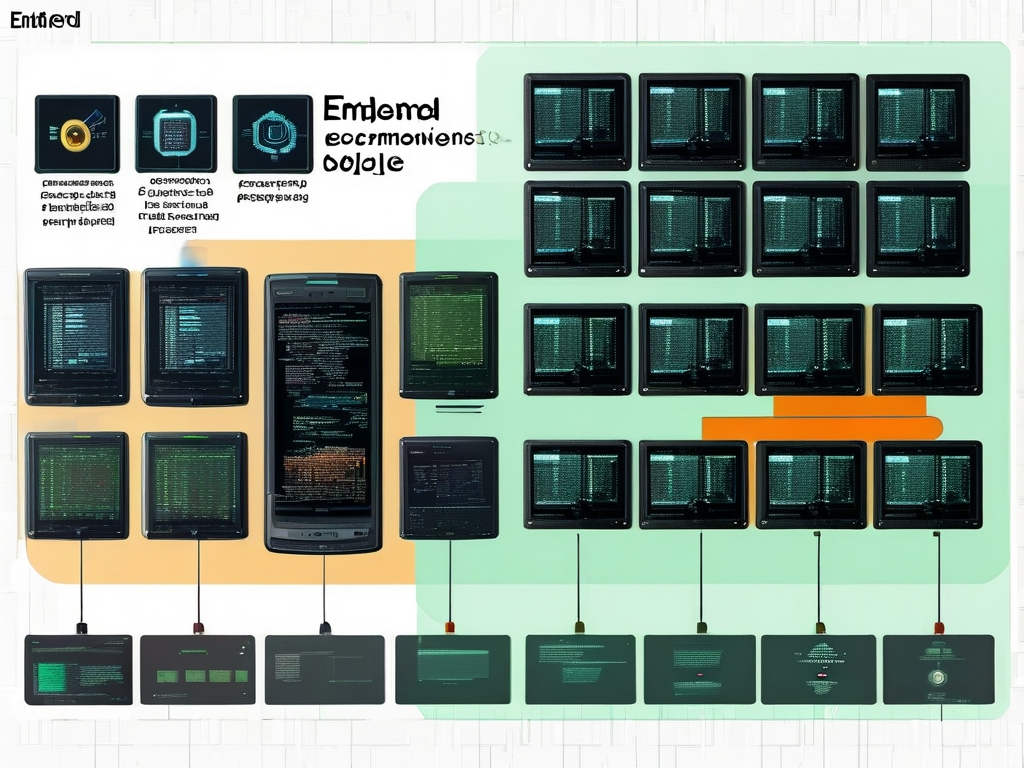In recent years, Xichuan has emerged as a hub for technological innovation, particularly in the realm of embedded app development. This niche field, which combines software engineering with hardware integration, is reshaping industries ranging from smart manufacturing to consumer electronics. As global demand for interconnected devices grows, Xichuan’s unique approach to embedded systems positions it as a leader in this transformative sector.

The Rise of Embedded Systems in Xichuan
Embedded applications are specialized software programs designed to operate within hardware-constrained environments, such as microcontrollers or IoT devices. Unlike traditional app development, embedded systems prioritize efficiency, real-time processing, and seamless hardware-software synergy. Xichuan’s tech ecosystem, bolstered by a blend of academic research and industrial collaboration, has cultivated expertise in this area. Local universities, such as Xichuan Institute of Technology, have introduced dedicated programs in embedded systems, producing a steady stream of skilled developers. Meanwhile, partnerships with multinational corporations like Huawei and Siemens have provided practical platforms for innovation.
Key Innovations Driving Xichuan’s Success
- IoT Integration: Xichuan-based developers are pioneering embedded apps for IoT ecosystems. For instance, smart agriculture projects leverage embedded sensors to monitor soil moisture and automate irrigation. These apps reduce resource waste while boosting crop yields.
- Edge Computing: By processing data locally on devices rather than relying on cloud servers, Xichuan’s embedded solutions minimize latency—a critical feature for autonomous drones and industrial robots.
- AI-Driven Embedded Systems: Startups in Xichuan are integrating machine learning algorithms into low-power devices. A notable example is a wearable health monitor that predicts cardiac anomalies using on-device AI, eliminating the need for constant internet connectivity.
Industry Applications
Xichuan’s embedded app development has found applications across diverse sectors:
- Manufacturing: Embedded systems control assembly lines, enabling predictive maintenance and reducing downtime.
- Healthcare: Portable medical devices with embedded apps allow remote patient monitoring, a trend accelerated by the COVID-19 pandemic.
- Agriculture: As mentioned earlier, IoT-enabled tools are revolutionizing farming practices in rural regions surrounding Xichuan.
Challenges and Solutions
Despite its progress, Xichuan faces hurdles. The complexity of debugging embedded software, coupled with hardware dependency, often prolongs development cycles. To address this, local firms are adopting model-based design (MBD), a methodology that simulates systems before physical prototyping. Additionally, Xichuan’s government has launched subsidies for R&D, attracting foreign investment and talent.
The Road Ahead
The future of embedded app development in Xichuan hinges on two trends:
- 5G Connectivity: Faster networks will enhance the capabilities of embedded apps, particularly in autonomous vehicles and augmented reality.
- Sustainability: Developers are prioritizing energy-efficient designs to align with global green tech initiatives.
In , Xichuan’s embedded app development sector exemplifies how regional innovation can drive global technological advancement. By blending academic rigor, industry collaboration, and forward-thinking policies, Xichuan is not only keeping pace with the digital revolution but shaping its trajectory. As embedded systems become ubiquitous, this city’s contributions will undoubtedly influence how we interact with technology in everyday life.




